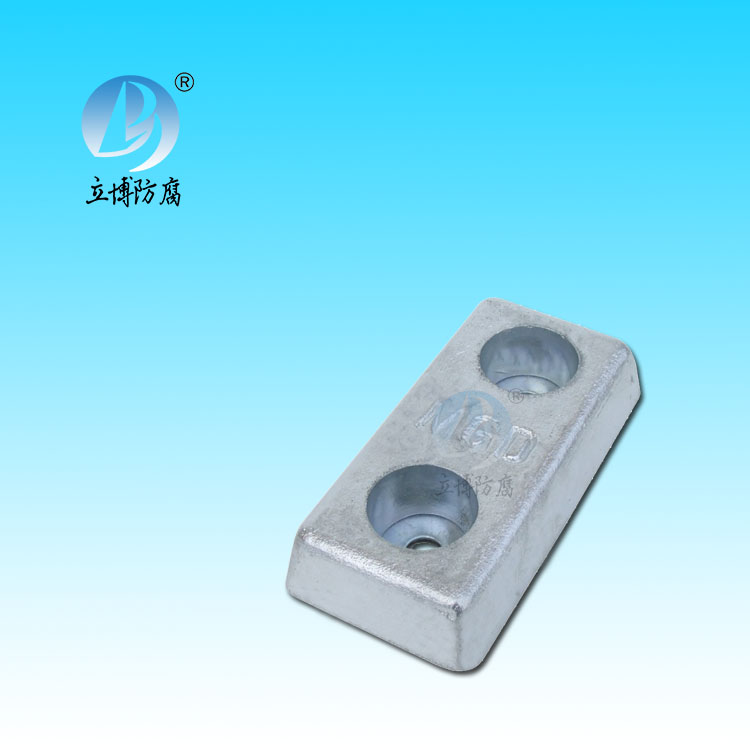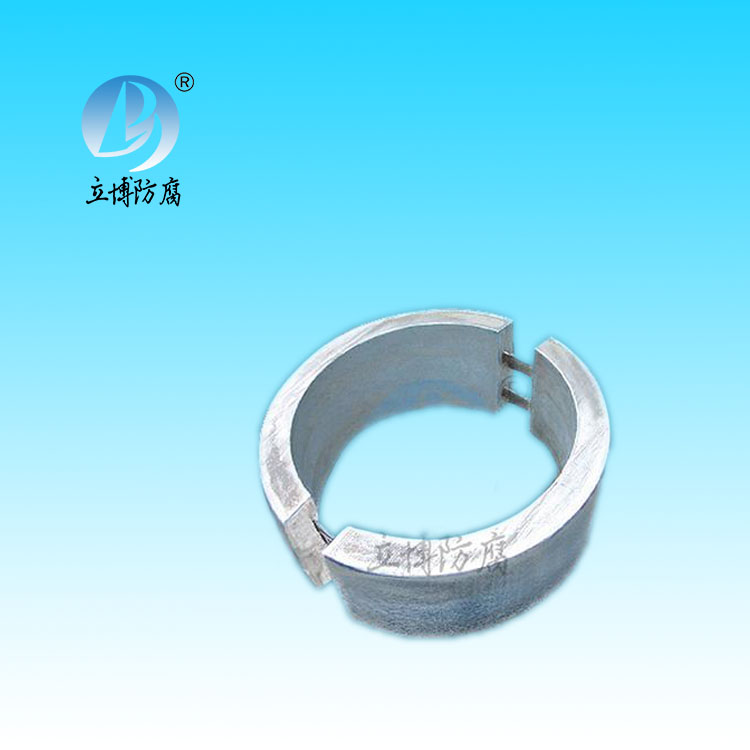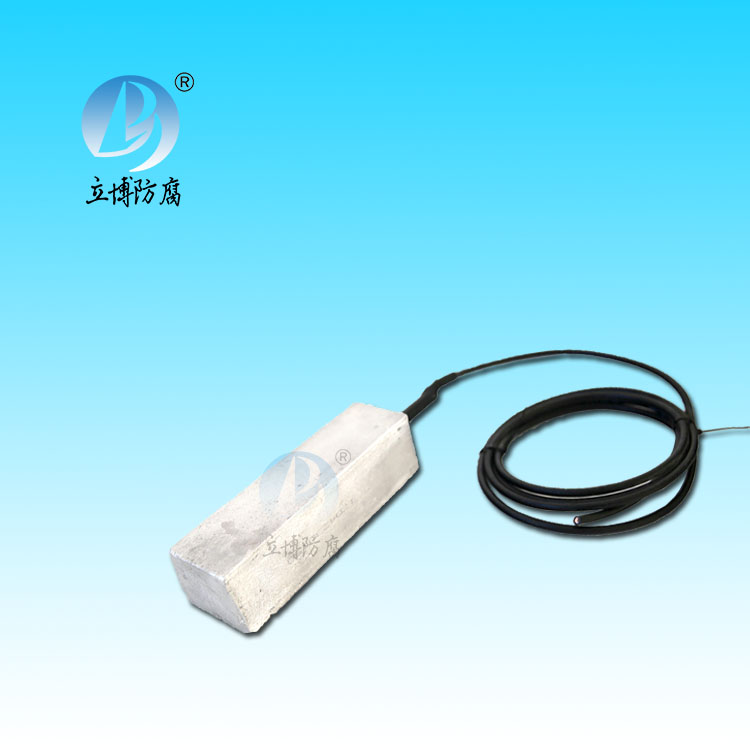News
News
- What is a sacrificial anode
- Basic requirements for reference...
- What does the reference electrode do...
- Why are zinc blocks attached to the ...
- What is the principle of impressed...
- What material does metal structure...
Contact
Phone:18739187123
hotline:0391-7588881
E-mail:970512272@qq.com
Address:Wuzhi County, Jiaozuo City, China
Q & A
What is the difference between sacrificial anode protection and cathodic protection with applied potential in electrochemical protection
- Author:Libo
- Source:wm.americanfreedomlawncare.com
- Date:2021-06-11
- Click:0
There are many ways to prevent erosion of metal pipes and metal devices.
Electrochemical protection is one of them. Because the erosion damage of steel pipelines, including water, oil and gas pipelines and heat exchange metal devices in industrial production environment is largely caused by electrochemical erosion, therefore, electrochemical protection plays an important role in erosion control engineering.
Electrochemical protection can be divided into cathodic protection and anodic protection.
Cathodic protection is a protective technology to prevent surface erosion by applying sufficient cathodic current on the metal surface to make the cathode of the metal surface polarized and become the cathode with uniform potential in the electrochemical cell. Cathodic protection is divided into sacrificial anode protection and impressed current cathodic protection
Anodic protection is in the metal surface through enough anodic current, so that the metal potential to the positive direction of movement, to and maintain in the passivation zone, so as to prevent the erosion of the metal. The anodic protection method may be used in a medium in which a protective film can be formed and maintained.







 客服QQ
客服QQ